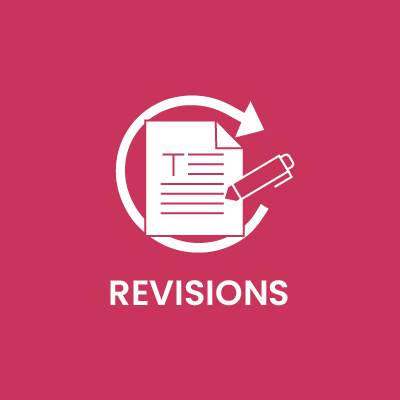
Spelling
Purpose
Not every revision of writing needs to start with spelling. But many writers are curious about English spelling, especially newcomers to Canada.
Teach spelling if needed for more formal purposes, but it may not be needed for personal writing like journals or grocery lists.
How
Only teach spelling if it’s needed for writing that will be shared or published. Writers have many ways to check their spelling:
- Use a spell checker in an app or computer program
- Use an online dictionary
Writers may not need to learn spelling very deeply if they use these tools or are more advanced writers.
See it in Action!

Watch
What Do You Do About Spelling Mistakes?
A short video about handling spelling errors.
Watch here
How to Improve Your Spelling – 3 Techniques
Learn to identify misspelled words, develop mnemonic techniques, and use your own language to support spelling.
- Identify commonly misspelled words
- Develop mnemonic techniques - these are ways to help you remember information
- Use your own language and pronunciation to help you with English spelling
Watch here

Practice
Pro Tip: Have the learner keep a personal spelling dictionary.
- In a notebook, mark all the letters of the alphabet on separate pages. A on page 1, B on page 2, C on page 3, etc.
- Have the learner write down words they want to remember the spelling of on the appropriate page. These will be words they commonly misspell.
- They can also add new words that they learn and have difficulty remembering how to spell.
This strategy focuses on words that are already in the learner’s vocabulary and that they use often.
This is a more learner-focused approach to correct spelling than teaching spelling rules.

Add Complexity
5 Spelling Tips to Improve Your Writing
This video shares five tips to improve spelling, including recognizing CVC words, understanding “magic e” words, and knowing when to drop the “e” before adding endings.

